Injury Rehabilitation Reimagined
Problem Space/Brief:The challenges facing athletes recovering from injuries are multifaceted. Existing rehabilitation methods lack personalization, accessibility, and efficiency, often resulting in prolonged recovery times, increased risk of re-injury, and dissatisfaction among practitioners. The absence of real-time monitoring and adjustment of recovery plans, coupled with limited access to specialized services, further compounds these challenges.
Without personalized support and feedback, people struggle to maintain motivation and adherence to rehabilitation protocols, leading to decreased performance and increased healthcare costs. Developing an AI-powered rehabilitation coacch presents an opportunity to address these challenges by providing personalized, adaptive support that optimizes recovery outcomes and enhances user satisfaction and engagement throughout the rehabilitation process.

.jpg)
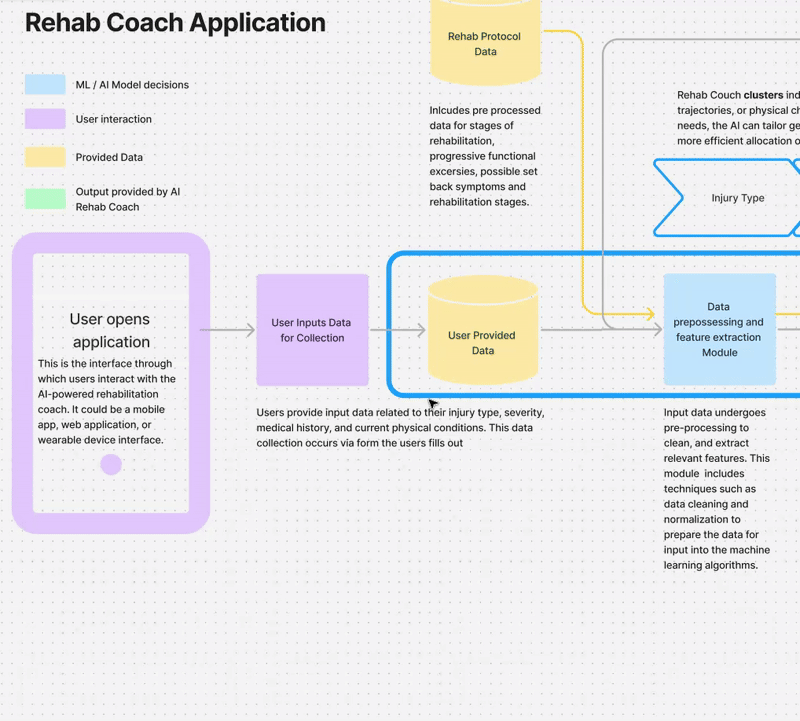
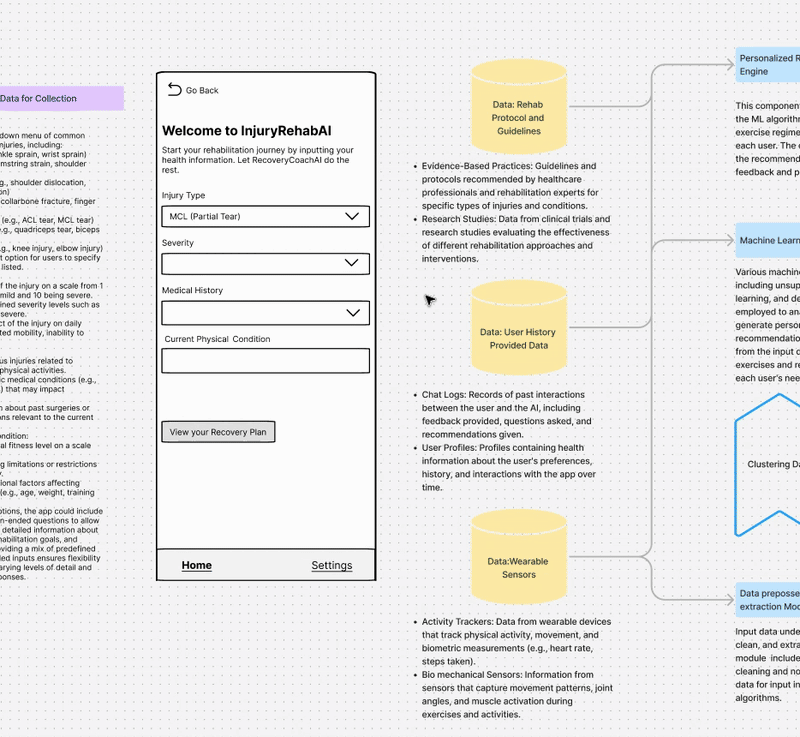
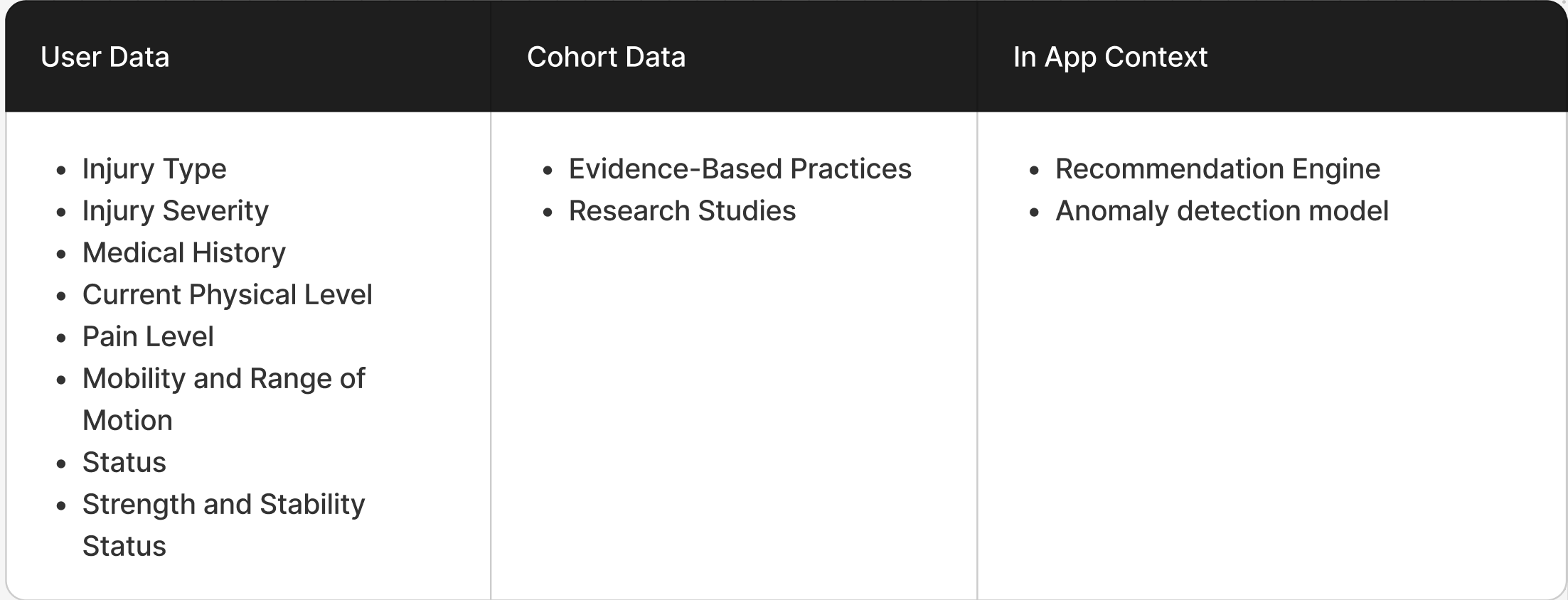
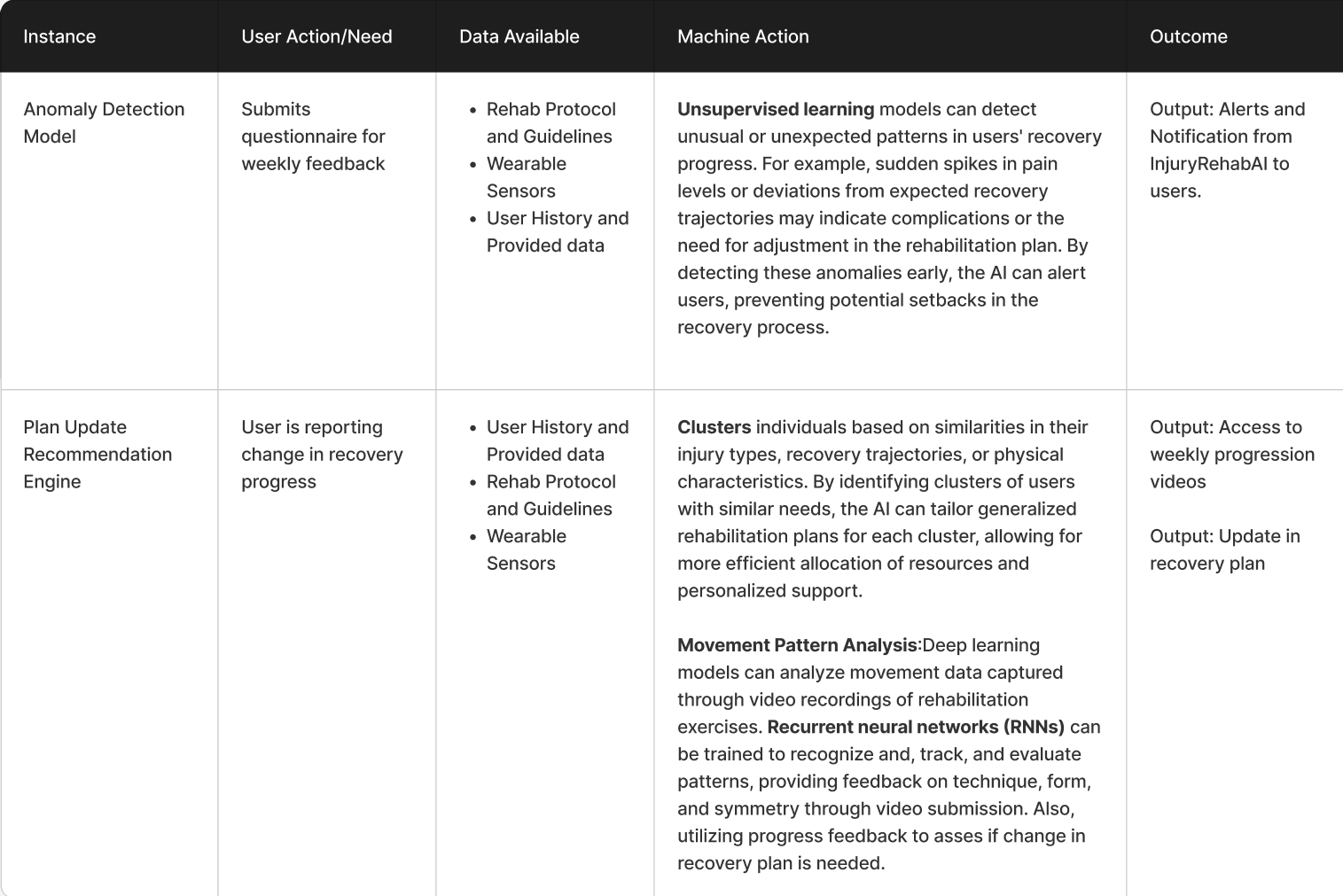
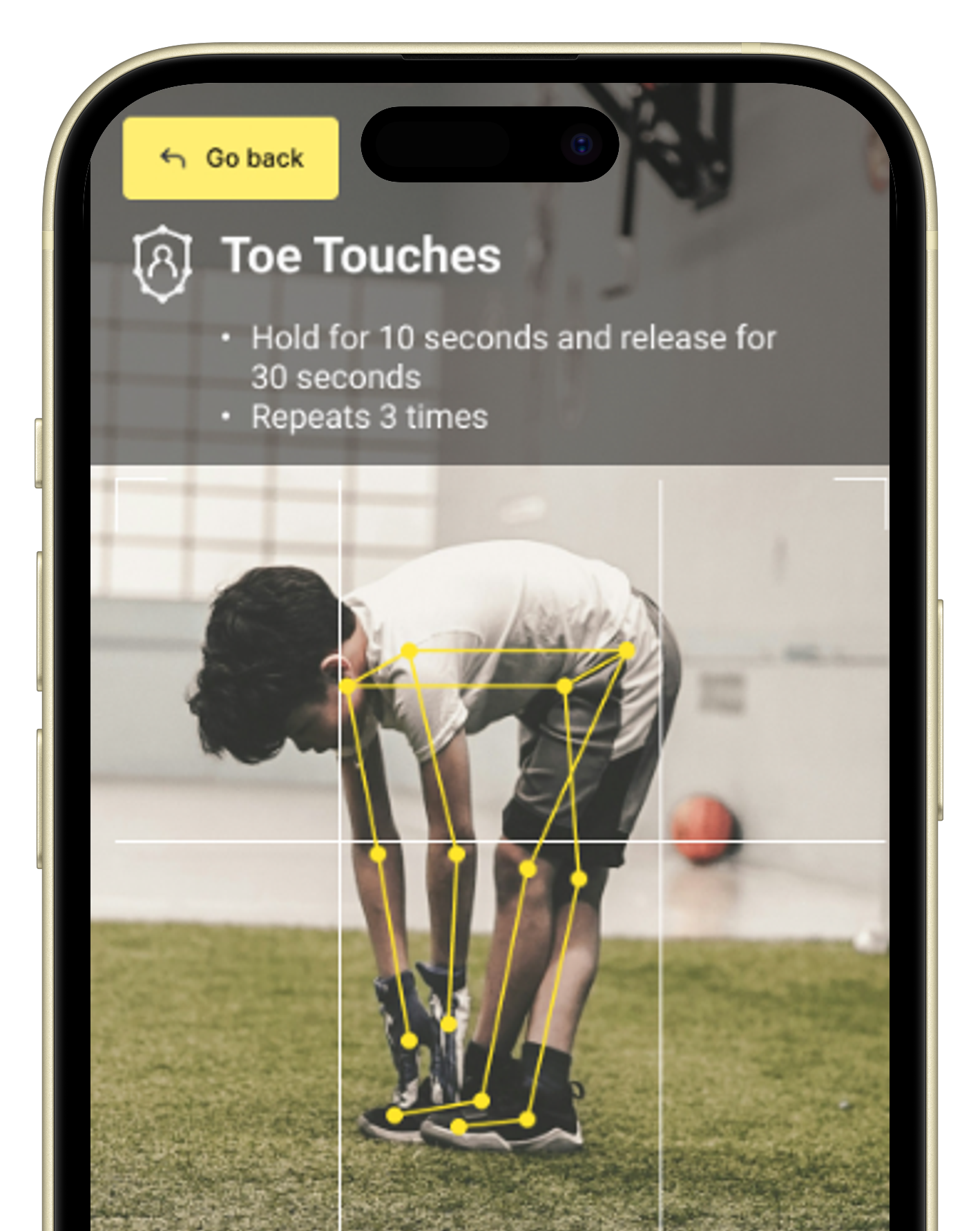
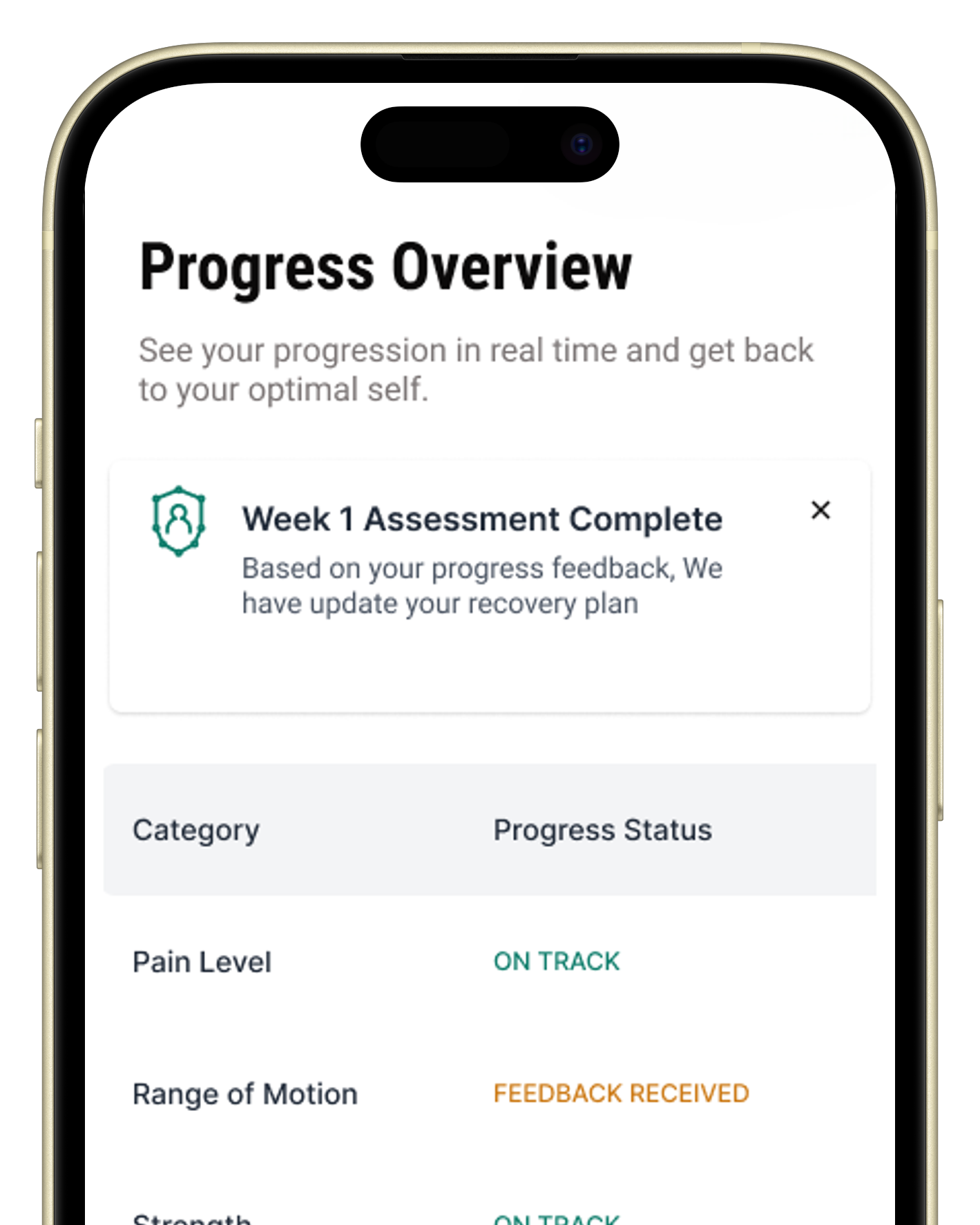
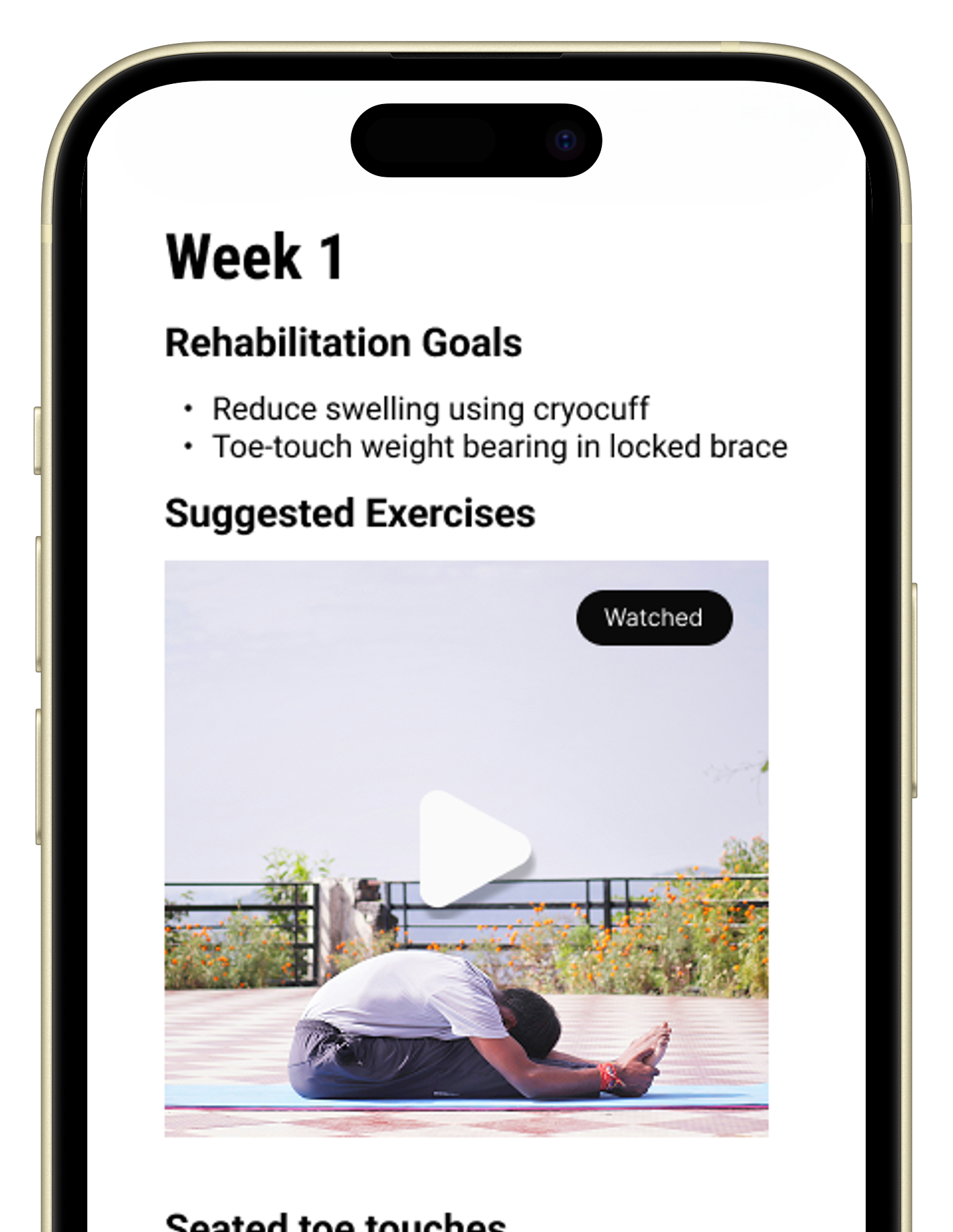
-portrait1.png)